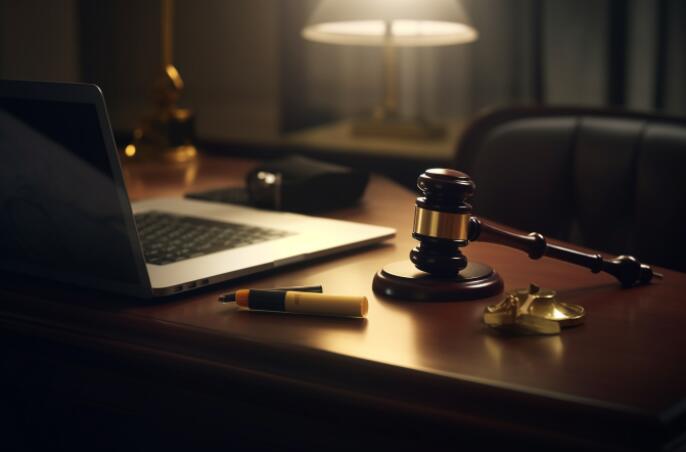Recently, US District Judge Mark D Dinsmore, a federal district judge in the Southern District of Indiana, suggested a $15,000 fine for a lawyer for citing non-existent court cases in court documents. This incident has attracted widespread attention to the application of artificial intelligence in the legal field.

The protagonist of the incident is Rafael Ramirez, a lawyer from Rio Houndo, Texas. On October 29, 2024, he cites three fictional cases in his legal documents filed. Judge Dinsmore noted in the recent report that Ramirez failed to verify the validity and accuracy of the cited cases in three legal documents, and therefore recommended a fine of $5,000 per document.
Judge Dinsmore believes that misquoting numbers, dates or misspellings is a common mistake, but cases where citations do not exist are serious mistakes at the other level. During the trial, the judge asked Ramirez to explain why this happened. Ramirez admitted that he did use artificial intelligence tools when drafting the legal documents and said he did not know that these tools would generate false cases and Quote.
Although Ramirez claimed he had no malice, he also admitted that he did not fully comply with Article 11 of the Federal Rules of Civil Procedure, which required attorneys to verify the accuracy of the materials submitted to the court. Judge Dinsmore pointed out that Ramirez's lack of understanding of AI tools showed the seriousness of the problem.
Not only that, there have been similar cases in other states recently. In Minnesota, for example, state Attorney General Keith Ellison was also stuck with misreferences generated by using AI. A specialist report he submitted quoted two non-existent academic articles, which led to the court's dissatisfaction with the report.
This series of events highlights the risks of artificial intelligence in the legal field and the responsibilities that lawyers should bear when using such technologies.